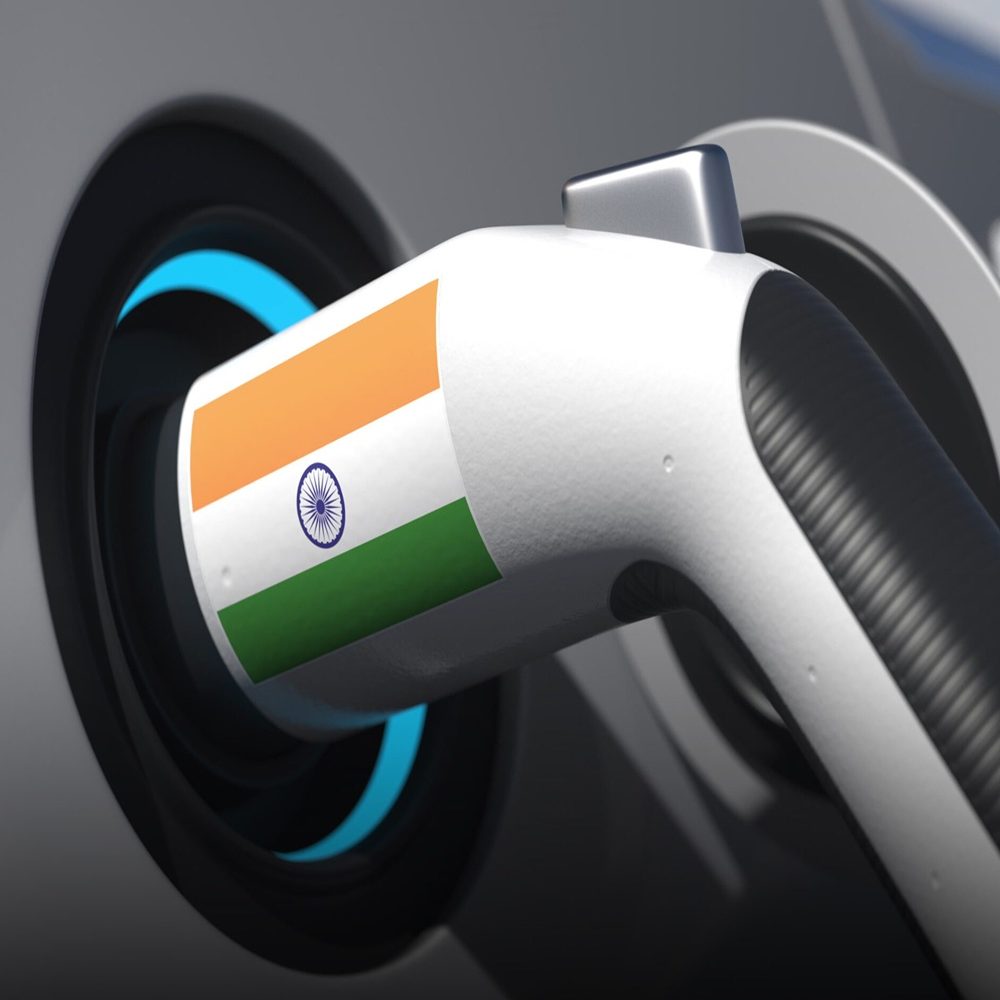
About the Ev Industry
EV Spare Parts Current Global and India Market
The electric vehicle (EV) industry is currently undergoing a groundbreaking evolution propelled by heightened environmental awareness and cutting-edge technological advancements. The momentum in this sector is reflected in the valuation of the global electric vehicle parts and components market, which, as of 2022, stands at a substantial USD 164 billion. This remarkable figure is underpinned by a forecasted Compound Annual Growth Rate (CAGR) of 22.5%, showcasing the robust trajectory of the electric vehicle market. As we look ahead, projections paint a compelling picture, indicating that the market is poised to experience an unprecedented surge, reaching an estimated valuation of USD 1,242.85 billion by the year 2032. This forecast not only underscores the soaring demand for electric vehicles but also emphasizes the integral role played by the associated components in shaping the future of the automotive industry. The convergence of environmental consciousness and technological progress is steering the electric vehicle industry towards a transformative era, where sustainability and innovation intersect to redefine the landscape of transportation.
The current global market for electric vehicle spare parts reflects a thriving industry with substantial value and promising growth prospects. As of now, the market is valued at USD 122.53 billion, and it is expected to experience a robust surge, reaching USD 318.47 billion. This growth trajectory is underlined by a compelling compound annual growth rate (CAGR) exceeding 21.05% throughout the forecast period.
In terms of regional dynamics, the Asia-Pacific market emerges as a focal point of growth, encompassing countries such as India. The region’s growth is propelled by several factors. Firstly, increased technological development plays a pivotal role, fostering advancements in electric vehicle components. The integration of cutting-edge technologies contributes to the overall efficiency and performance of electric vehicles, driving the demand for related spare parts.
Furthermore, the surge in manufacturing and production of electric vehicles in the Asia-Pacific region contributes to the growth of the spare parts market. As more electric vehicles are introduced to the market, the demand for quality spare parts rises in tandem, presenting opportunities for suppliers and manufacturers in the industry.
Market Trends
Increasing Investments in Electric Vehicles:
Major automobile manufacturers and players like Amazon are investing significantly in electric vehicles, indicating a strong growth trajectory for the market.
Global Sales and Market Share:
Electric car markets are witnessing exponential growth, with global sales exceeding 10 million in 2022. China dominates the market, followed by Europe and the United States.
Emerging EV Markets:
Emerging electric vehicle markets in India, Thailand, and Indonesia are experiencing growth, supported by government incentives and strengthening policy support schemes.
In conclusion, the electric vehicle parts and components market is at the forefront of a transformative era in the automotive industry. With technological advancements, increasing global sales, and a shift toward sustainable transportation, the future of electric vehicles looks promising. Manufacturers, investors, and policymakers need to collaborate to address challenges, seize opportunities, and contribute to the evolution of the electric vehicle ecosystem.


Market Opportunities in the Electric Vehicle (EV) Industry:
Growth Factor: The global shift toward sustainable and eco-friendly transportation solutions is a significant driver for the increased demand and sales of electric vehicles. Factors such as rising concerns over environmental pollution, coupled with the enactment of stringent emission norms by governments globally, have accelerated the adoption of electric vehicles.
Opportunities: As the demand for electric vehicles continues to rise, there is a parallel surge in the demand for associated parts and components that are integral to the functioning of these vehicles. This creates opportunities for manufacturers and suppliers in the electric vehicle parts market to meet the growing requirements of an expanding electric vehicle market.
Government Initiatives:
.Production Linked Incentive (PLI) Scheme
PLI scheme for automotive sector was launched in September 2021 with a budget of US$ 3.1 billion (Rs. 25,938 crore).
Its aim was to enhance domestic manufacturing of advanced automotive technology (AAT) products and attract investments into the automotive manufacturing value chain, surpassing the initial target estimate of US$ 5.1 billion (Rs. 42,500 crore) over a 5-year period.
Electric Mobility Promotion Scheme
The scheme started in April 2024 and will end in July 2024 with a total budget of US$ 60.18 million (Rs. 500 crore). It aims to enhance green mobility and encourage electric vehicle manufacturing in the country.
Electric two-wheeler and three-wheeler are only applicable for the scheme.
The Scheme supports 3.7 lakh EVs, comprising 3.3 lakh` Electric 2 wheelers, and 38,828 Electric 3 wheelers (which also includes 13,590 rickshaws & e-carts and 25,238 e-3Ws in L5 category), offering incentives exclusively for advanced battery-equipped vehicles.
Battery Swapping Policy
The government introduced battery swapping policy to reduce lengthy charging durations and enhance EV efficiency by swapping drained batteries with fully charged ones. The initial draft for this policy came in February 2023.
The policy addressed the standardization of battery sizes and other specifications, particularly for two- and three-wheelers. Furthermore, the preliminary policy encompassed matters concerning battery safety protocols, individual identification codes for each battery, recycling and refurbishment processes, and the potential implementation of a subsidy scheme.
The exemption from customs duties for importing machinery and equipment required to create lithium-ion cells for electric car batteries was extended in the Union Budget 2023–2024.
Both commercial and private battery-operated vehicles receive green license plates and are not required to obtain permits.
The Goods and Services Tax (GST) on electric vehicles has been lowered from 12% to 5%, while the GST on charging stations for EVs has been reduced from 18% to 5%.
Due to the constant effort from government 12,146 public EV charging stations are operational across the country.
Waiver on road tax on EVs to lower the initial cost of EVs.

